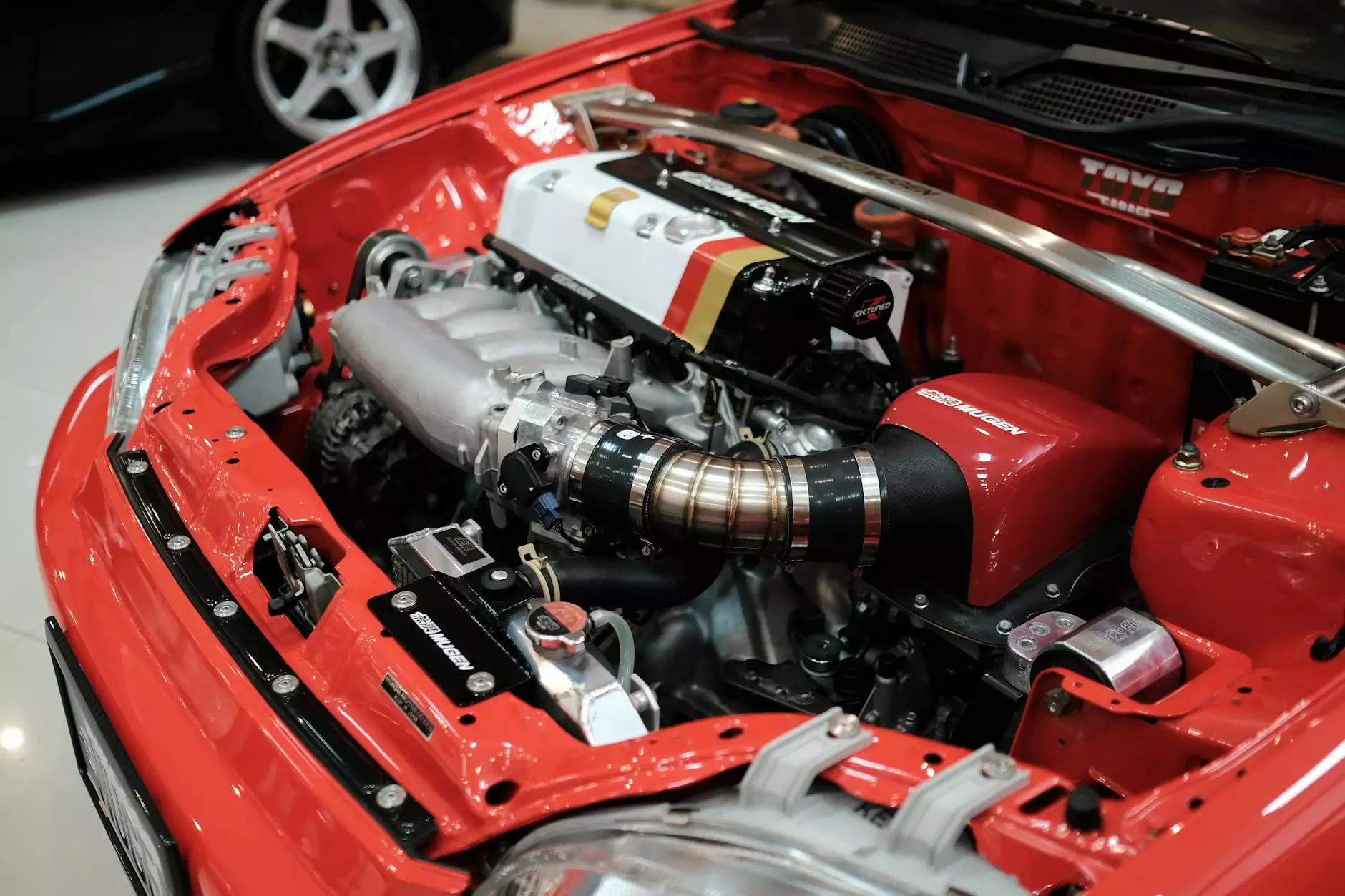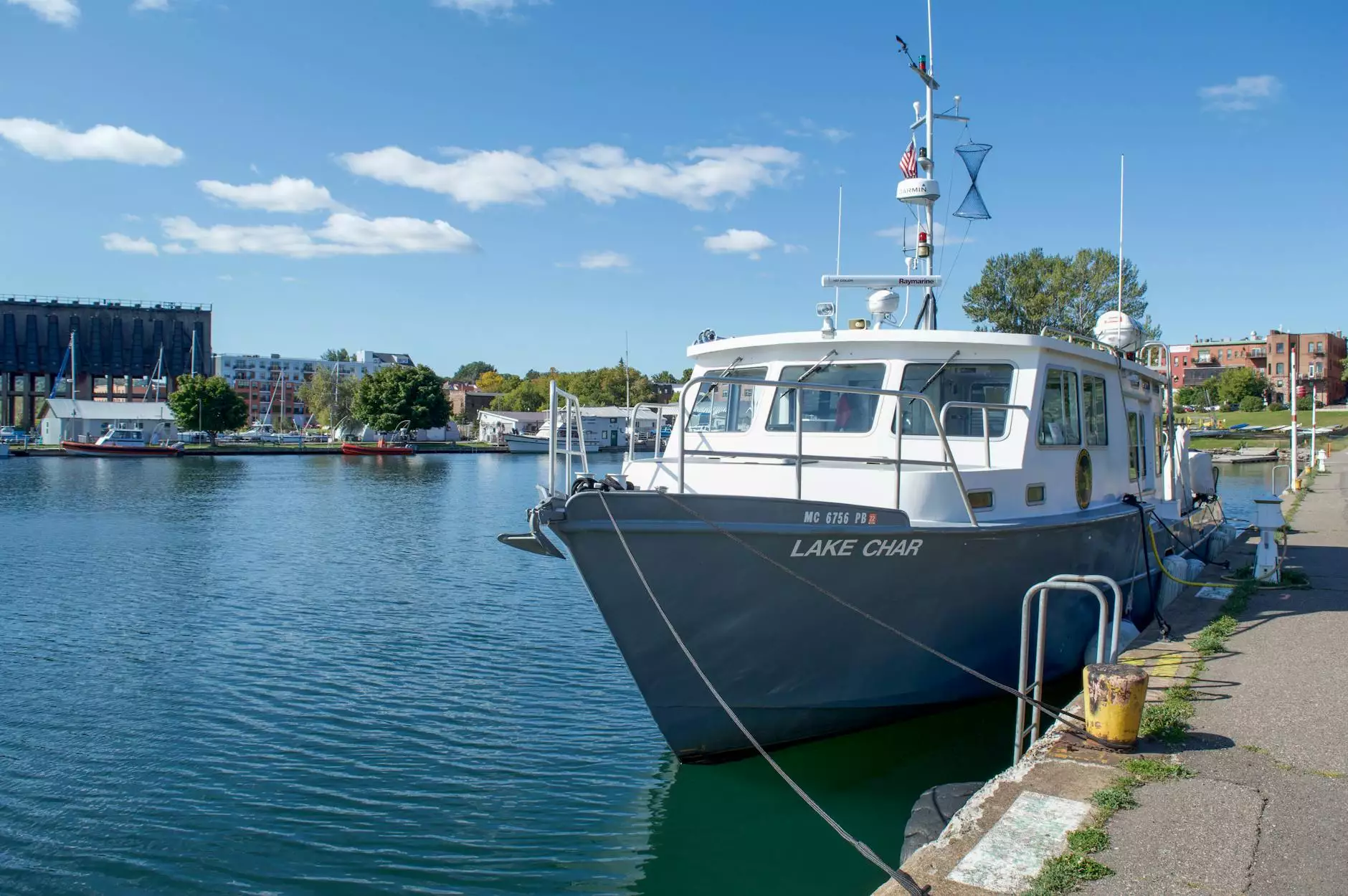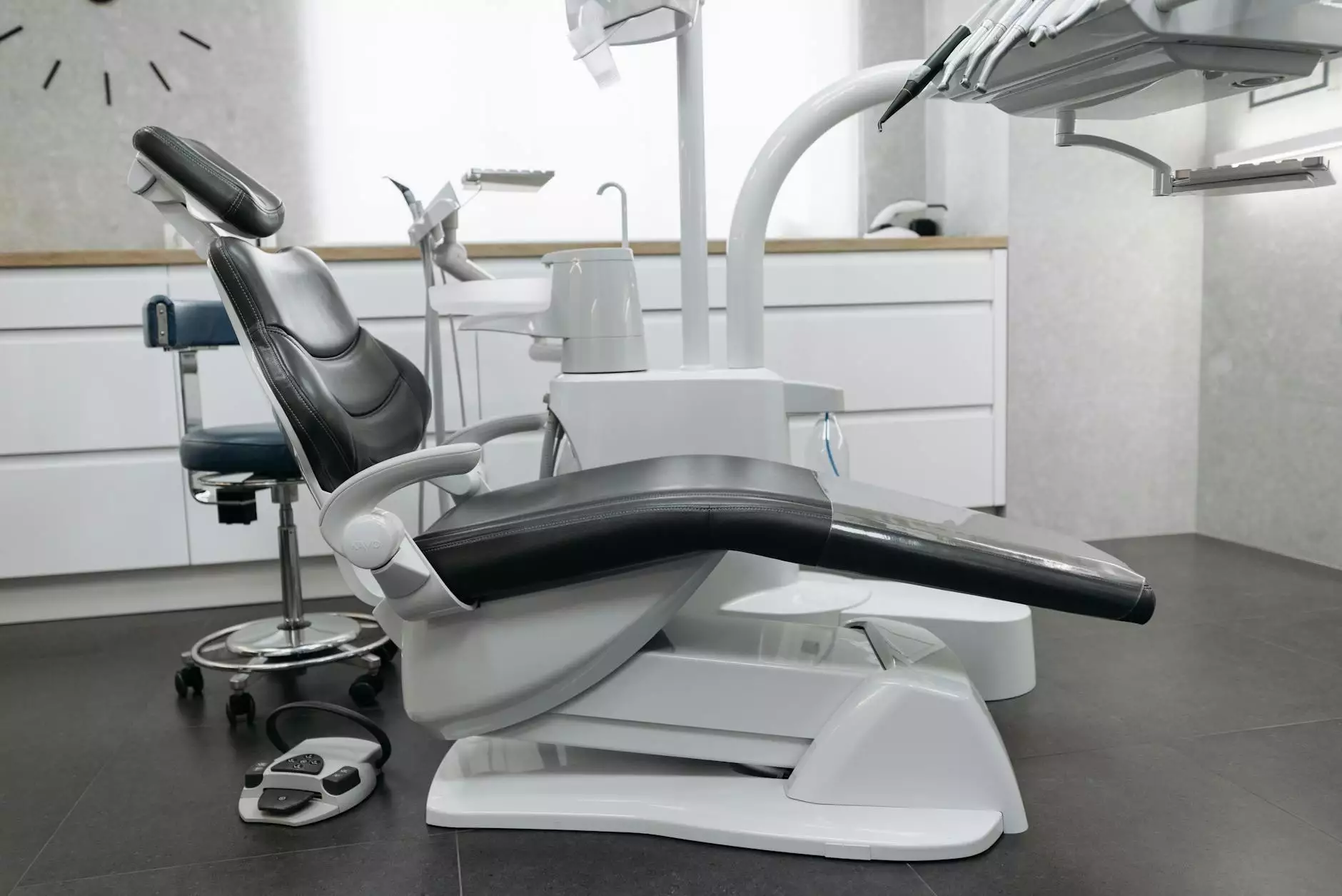What to Look for in a Commercial Lease Agreement

When it comes to establishing a physical presence for your business, securing a commercial lease is often a pivotal step. However, it is crucial to conduct a thorough evaluation of any lease agreement before making a commitment. Understanding what to look for in a commercial lease agreement can save your business from future challenges and ensure that the terms align with your operational needs and overall strategy.
1. Lease Duration
The duration of the lease can significantly impact your business planning. Typically, commercial leases range from three to ten years, with many offering options for renewal. A shorter lease might provide flexibility, but it can also mean frequent relocations, which can disrupt business operations. Alternatively, a long-term lease can offer stability, but it's essential to include renewal options that allow you to reassess your space needs before committing to a lengthy term.
2. Rent Amount and Escalation
Understanding the rent amount is fundamental in commercial leasing. Pay close attention to the base rent, which is often outlined as a monthly or annual figure. Additionally, you should consider the rent escalation clauses that may apply, as these dictate how and when your rent will increase over time. Questions to ask include:
- Is the rent fixed, or is it subject to adjustments based on market value?
- What percentage increase is reasonable over the term of the lease?
3. Additional Costs
Beyond the base rent, you must also account for any additional costs associated with the lease. Common expenses could include:
- Operating expenses
- Property taxes
- Insurance premiums
- Utilities and maintenance fees
Ensure you understand which costs are passed on to you as the tenant, particularly common area maintenance (CAM) fees that can significantly affect overall expenses.
4. Use of Premises
It is vital that the lease clearly defines the permitted uses of the space. This definition should align with your business operations. If your business model changes or expands, flexibility can be invaluable. Ensure that any restrictions do not hinder potential growth or adaptation.
5. Maintenance Responsibilities
Clarifying maintenance responsibilities is crucial to avoid unexpected costs. Determine whether you, as the tenant, are responsible for maintenance and repairs, including both structural and non-structural issues. A well-defined responsibility clause protects both parties by specifying what requires tenant action and what the landlord will maintain.
6. Alterations and Improvements
Your ability to modify the space can greatly impact day-to-day operations. Review the lease terms regarding alterations and improvements that you wish to make to the space. Understand any necessary landlord approvals or limitations on changes, and consider how these conditions may affect your business's branding and functionality.
7. Termination Clauses
Understanding the termination clauses in a lease is essential. Familiarize yourself with the conditions that allow either party to terminate the lease early. This information may include any associated penalties, required notice periods, and the circumstances that can trigger a termination.
8. Subletting and Assignment
Business dynamics can change rapidly; therefore, it’s important to assess the conditions for subletting or assigning the lease to another party. A flexible policy can provide relief if your business expands or downsizes, allowing you to pivot without incurring losses.
9. Default and Remedies
In any commercial lease agreement, it’s paramount to understand what constitutes a default and the remedies available to the landlord. This knowledge helps you gauge the risks involved, ensuring you are prepared for potential legal consequences if your business struggles.
10. Insurance Requirements
Both landlords and tenants typically carry insurance, but understanding the insurance requirements is crucial. Be clear on the types of insurance required of you as a tenant, which might include liability coverage, property insurance, and any other necessary policies to safeguard your interests.
11. Dispute Resolution
Commercial leases should include a method for resolving disputes. Familiarize yourself with the clauses that outline mediation or arbitration processes. Knowing how disputes will be handled can save you from lengthy and costly litigation down the line.
12. Signage Rights
Advertising is often crucial for visibility in the market. Ensure that the lease includes provisions for signage rights. Understand the limitations on signage size and placement, as well as any approvals required from the landlord, to effectively promote your business.
13. Security Deposit
Lastly, be aware of the security deposit requirements. Determine the amount needed, the conditions under which it may be withheld, and any interest that may accrue. Knowing these factors will help ensure that you can retrieve your deposit when your lease ends.
14. Legal Compliance
Ensure that the lease complies with all applicable laws and regulations. This includes zoning laws and health or safety codes, which are vital to operating legally and avoiding potential fines or interruptions.
15. Exit Strategy
Finally, scrutinize any provisions related to an exit strategy. Whether it involves a lease buyout or other methods for exiting the lease early, having this information can provide critical safety in fluctuating business conditions.
Final Thoughts
Conducting a thorough review of a commercial lease with these considerations in mind will help you protect your business interests and secure a suitable space for your operations. It is frequently advisable to consult with a legal professional specializing in commercial real estate to gain additional insights and a full understanding of the lease terms. With the right preparation, you can negotiate a lease that aligns perfectly with your goals and positions your business for success.









